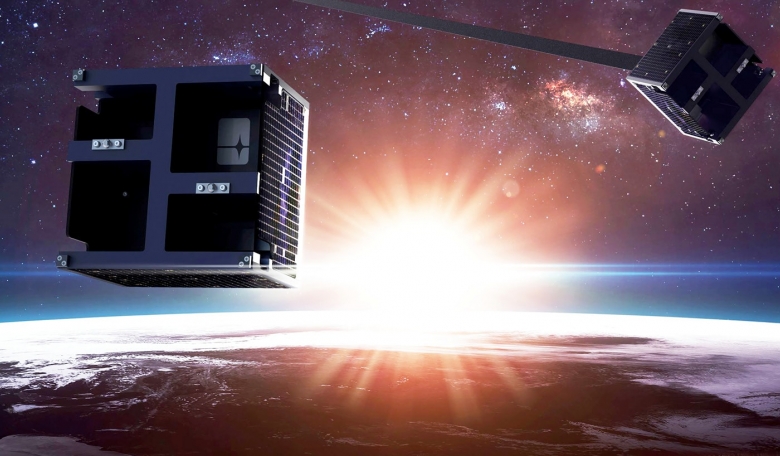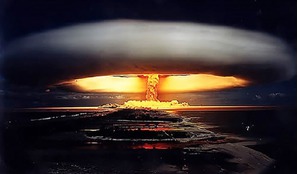Space debris - man-made objects in orbit that no longer serve any useful purposes - is rapidly becoming one of the defining issues of space exploration in the 21st century. Defunct satellites, spent rocket bodies and shrapnel-like fragments resulting from the collision or explosion of in-orbit objects, have been accumulating since the launch of Sputnik in 1957. Here, the authors explain the space debris problem in the context of space situational awareness, consider the detection and tracking strategies currently in place and provide an overview of debris removal strategies.
It is estimated that there are around 34,000 trackable objects - larger than 5-10 cm in low Earth orbit (LEO) and 30 cm to 1 m in geostationary orbit (GEO) - and several thousands to millions of non-trackable debris particles in orbit around the Earth. Spacefaring nations continue to launch satellites into orbit, but there is no legally binding mandate in place for post-mission disposal of the decommissioned satellites and rocket bodies.
Over the past couple of decades, several incidents have exacerbated the debris problem. In particular, on 11 January 2007, a defunct Chinese weather satellite called Fengyun 1C was targeted and deliberately destroyed at an altitude of 865 km as part of China’s anti-satellite (ASAT) programme, adding about 3000 trackable debris objects and over 150,000 untrackable particles which are expected to stay in orbit for several decades. Further, on 10 February 2009, Iridium 33 (then a fully-functional satellite owned by the US) was accidently struck by Cosmos-2251 (a defunct satellite owned by Russia) at a relative velocity of about 11.7 km/s, producing an impact energy equivalent to several tons of TNT. As a result, both spacecraft were destroyed and about 2000 additional pieces of trackable debris were added to LEO. Most recently, on 27 March 2019, India conducted an ASAT test (known as Mission Shakti) on a 740 kg Earth observation satellite called Microsat-R, which added at least 400 new sizable debris objects to the population. A time history of the documented ASAT events is shown in the accompanying chart.
These in-orbit collisions and explosions have highlighted the need for active intervention and prevention of an uncontrolled increase in the debris population, through both mitigation and remediation of the debris environment.
These objects pose a serious threat to the operation and safety of critical space assets, such as Global Positioning System (GPS) satellites and the International Space Station (ISS) and its crew. Further, they could hinder future space activities through a collision cascade effect known as the Kessler syndrome, whereby debris objects collide with each other and disintegrate, resulting in an exponential increase in the debris population and collision likelihood. The potential result is that space utilisation in certain orbital regimes could become challenging, if not infeasible, for many generations.














